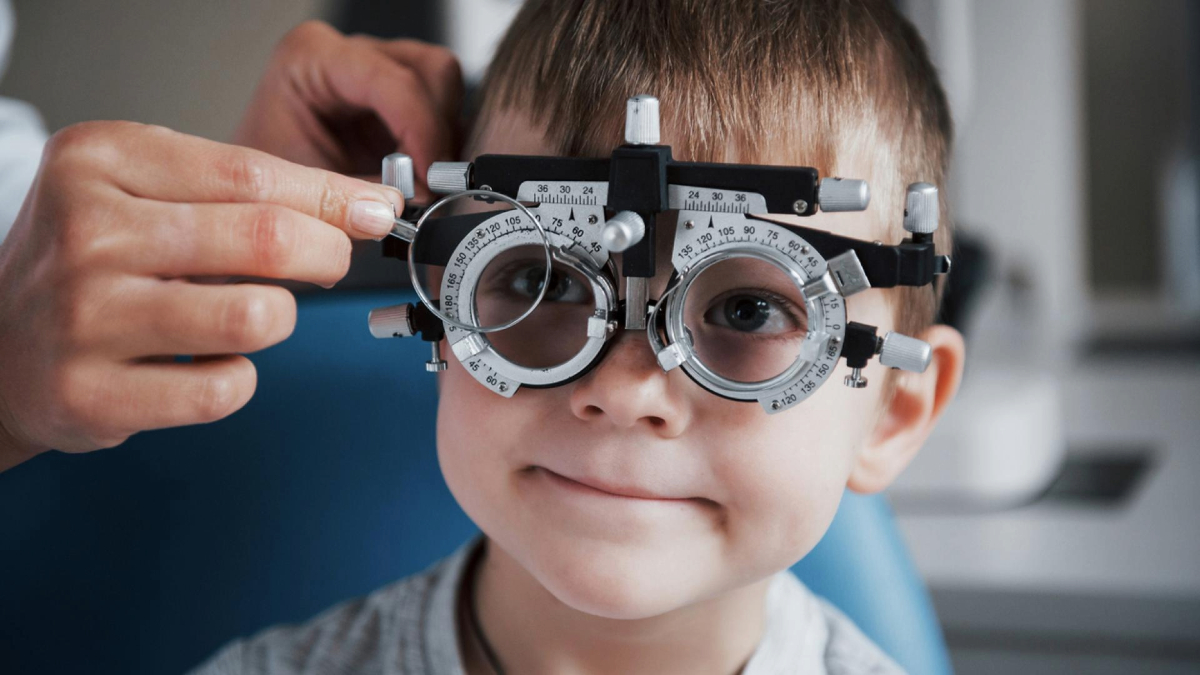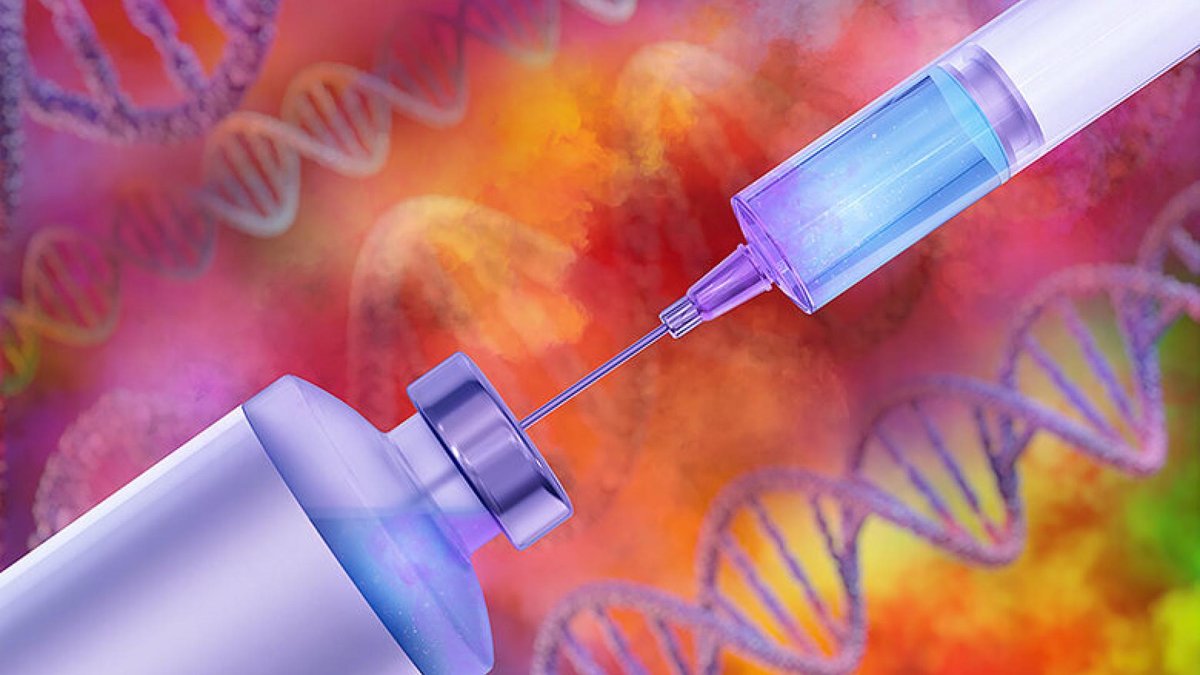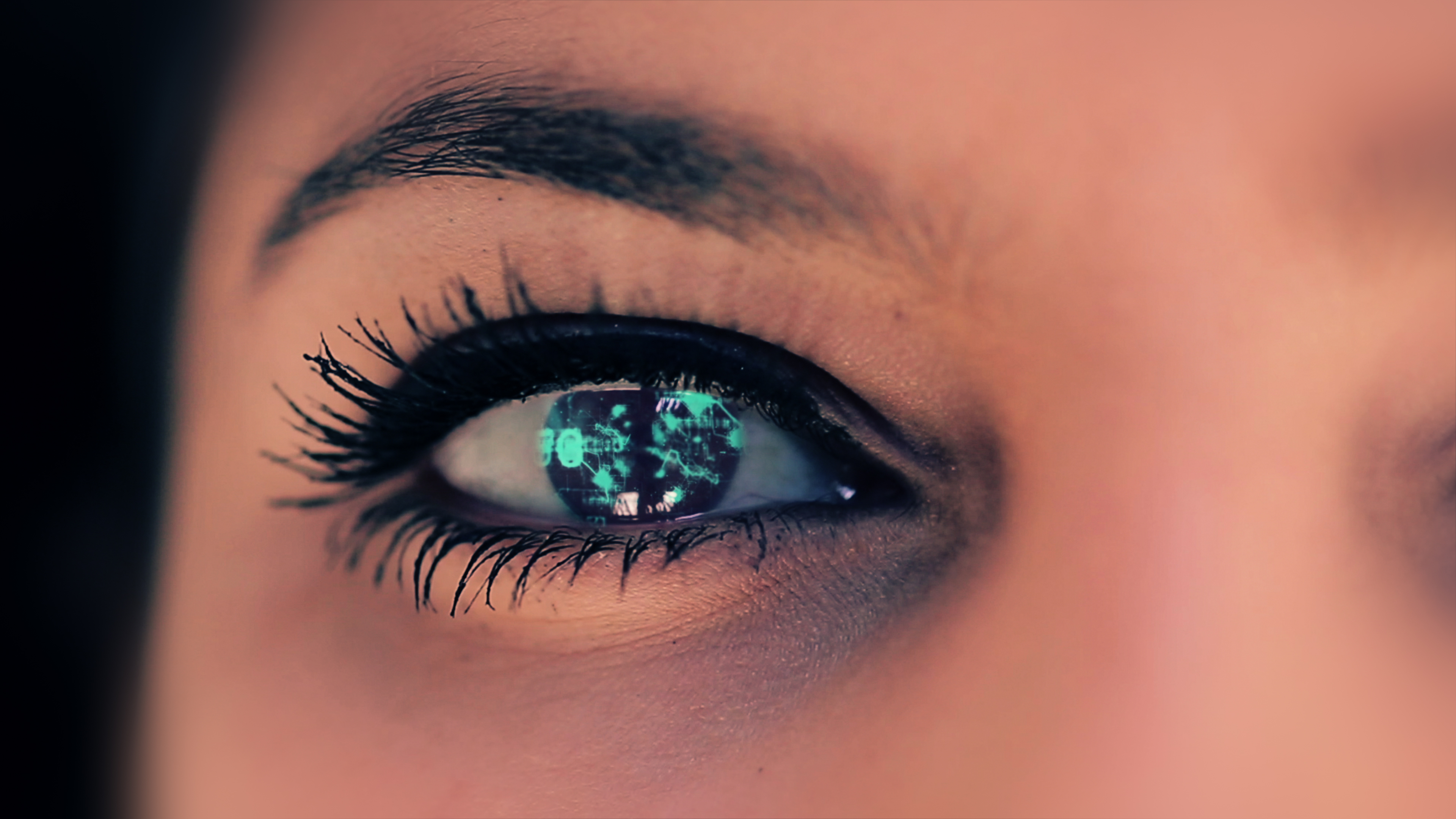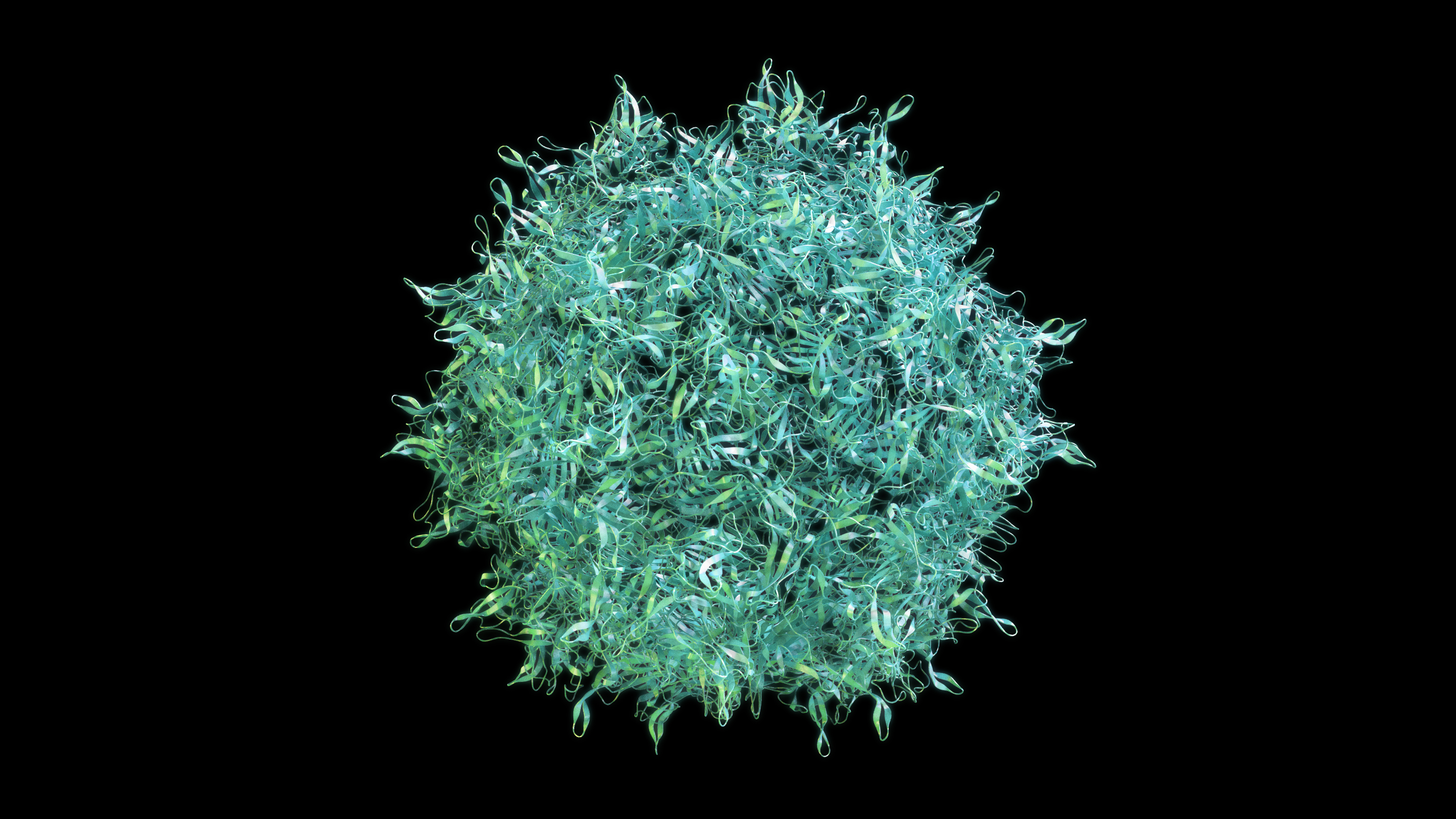
Stargardt disease is a rare inherited form of juvenile macular degeneration, impacting roughly 1 in 10,000 children and young adults, compared to 1 in 10 adults 50 years or older with early age-related macular degeneration (AMD). While it affects the same part of the central retina as AMD, called the macula, it is different from AMD.
Children and young adults who are born with Stargardt disease often develop symptoms including difficulty reading, black spots in their central vision, or changes in color perception between the ages of 10 and 40. This can result in childhood vision loss, while others may not experience vision loss till adulthood. Read more about this rare disease below:
Diagnosis
Stargardt disease, also known as fundus flavimaculatus, can be diagnosed during a dilated eye exam when an eye doctor sees elongated white, branching flecks in the retina. A fluorescein angiogram may be performed to confirm the diagnosis. In this test, a dye (fluorescein) is injected into the arm and photos are taken of the retina. In patients with Stargardt, the camera’s view of the dye is blocked by material that builds up in the retina. This finding is called the “dark choroid.” This material, a fatty substance called lipofuscin, not only blocks to camera’s view of fluorescein in the choroid (a vascular tissue under the retina), but also constitutes the white flecks visible to an ophthalmologist viewing the retina with an ophthalmoscope.
Visual acuity may range from 20/20 to 20/200, but by age 50, about half of Stargardt patients will have acuity of 20/200 or worse. The disease primarily affects the macula in the center of the retinae, so peripheral vision is minimally affected.
Genetics
As a form of congenital vision loss, the most common cause of Stargardt disease is an autosomal recessive mutation in a gene called ABCA4. This gene normally facilitates transport of a “used” form of vitamin A out of photoreceptors, the light-sensitive cells in the retina. Without ABCA4, this material builds up in the retina and contributes to the formation of lipofuscin. Patients usually inherit Stargardt disease from parents who are unaffected carriers of the disease where one of the two copies of the ABCA4 gene in each parent carries a mutation. In such families, each child has a 25 percent chance of developing Stargardt disease and a 50 percent chance of being an unaffected carrier.
Rarely, Stargardt disease can be caused by an autosomal dominant mutation in a gene called ELOVL4. This gene is responsible for the synthesis of very long chain fatty acids. In families with this form of the disease, one parent has the disease, and 50 percent of his/her children inherit one copy of a mutated version of the ELOVL4 gene and develop the disease.
Treatment
There are currently no proven treatments for Stargardt disease. Sunglasses are considered somewhat protective when worn in bright light, but this has not been proven. Clinical trials are underway to test lipofuscin-blocking drugs as well as gene or stem-cell-based therapies.
In 2021, an oral therapy called gildeuretinol (ALK-001) received breakthrough therapy and orphan drug designations from the FDA. These designations recognize innovative therapies and treatments geared toward rare diseases. In November 2023, manufacturer Alkeus Pharmaceuticals announced clinical trial results showing significant slowing of retinal atrophic lesions in advanced Stargardt disease.
BrightFocus Foundation’s Macular Degeneration Research program funded the first study with senior investigator Dr. Ilyas Washington in 2010, that led to the development of this novel treatment. Clinical trials are ongoing and treatment updates will be shared as they become available Additionally, Alkeus Pharmaceutical is conducting a clinical trial with ALK-001 for treatment of geographic atrophy, an advanced form of dry age-related macular degeneration.
Clinical Trials
You can explore a list of open clinical trials for Stargardt disease here.
About BrightFocus Foundation
BrightFocus Foundation is a premier global nonprofit funder of research to defeat Alzheimer’s, macular degeneration, and glaucoma. Since its inception more than 50 years ago, BrightFocus and its flagship research programs—Alzheimer’s Disease Research, Macular Degeneration Research, and National Glaucoma Research—has awarded more than $300 million in research grants to scientists around the world, catalyzing thousands of scientific breakthroughs, life-enhancing treatments, and diagnostic tools. We also share the latest research findings, expert information, and resources to empower the millions impacted by these devastating diseases. Learn more at brightfocus.org.
Disclaimer: The information provided here is a public service of BrightFocus Foundation and is not intended to constitute medical advice. Please consult your physician for personalized medical, dietary, and/or exercise advice. Any medications or supplements should only be taken under medical supervision. BrightFocus Foundation does not endorse any medical products or therapies.
- Clinical Trials
- Disease Biology
- Eye Health
- Genetics
- Treatments









